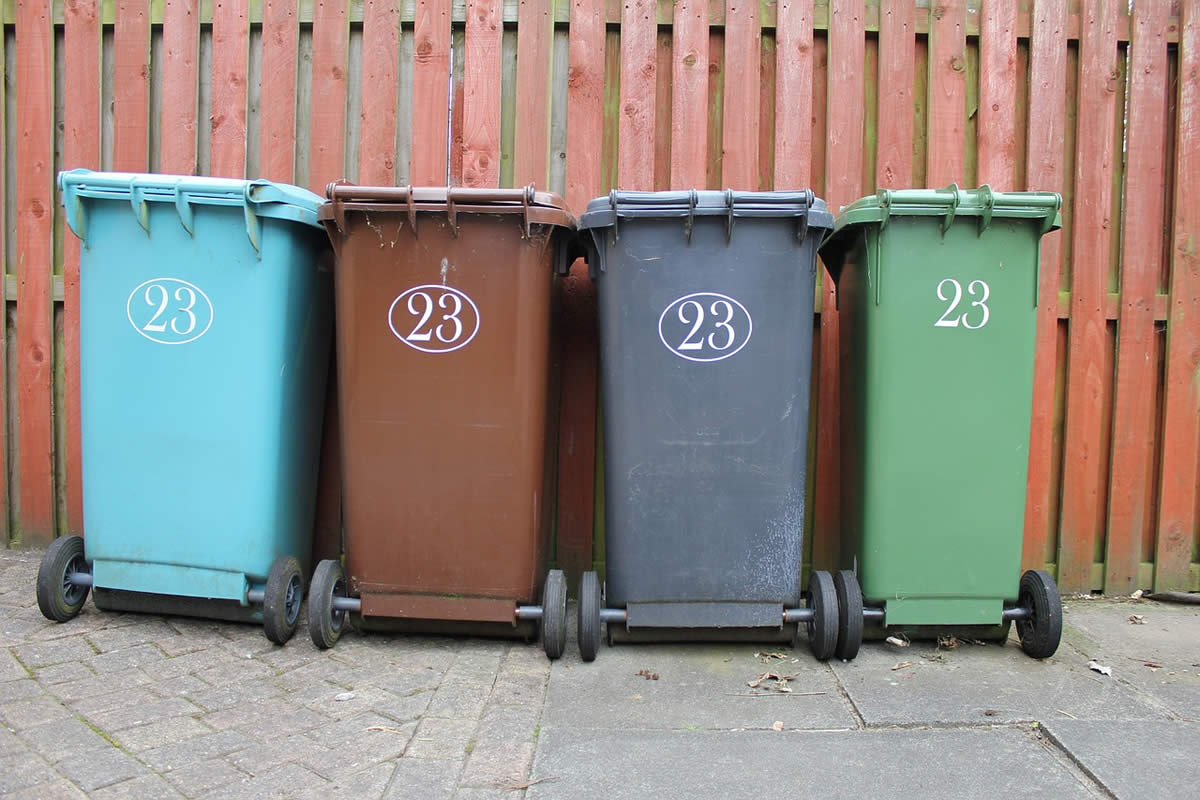


We do not throw anywhere and no matter how the garbage. It is essential to sort them to avoid polluting the environment. Discover one of the key principles of ecogests
Selective sorting makes it possible to better manage rejected materials . Thus, recoverable waste is recycled to save raw materials and preserve nature . Waste sorting is carried out according to the family of materials , which are listed below: metals , plastic , paper , wood , organic waste , glass , textiles , furniture , building waste , electronics , hazardous waste and various substances.
Waste disposal companies involved with dealing with the sorting of waste materials will commonly use one of these five methods:
These machines separate materials according to their particulate size. Raw waste material is fed into a large rotating drum which is perforated with holes of a certain size. Materials smaller than the diameter of the holes will be able to fall through, but larger particles will remain in the drum. Changing drum sizes can further separate the waste.
Material is sent along a conveyor belt with a series of sensors underneath. These sensors locate different types of metal which are then separated by a system of fast air jets which are linked to the sensors.
This method is used for the separation of metal types. An 'eddy current' occurs when a conductor is exposed to a changing magnetic field. Basically, it is a magnetic way of dividing ferrous and non-ferrous metals.
When materials are illuminated they mostly reflect light in the near infrared wavelength spectrum. The NIR sensor can tell the difference between different materials by the way they reflect light.
X-rays can be used to distinguish between different types of waste based on their density.
It should also be mentioned that manual sorting of waste is still very much a technique that is used in the world today.
To carry out selective sorting , it is necessary to group the families of waste and throw them together:
In the office, be aware that it is mandatory to sort the papers at the source and organize a collection of other waste if there is no on-site treatment system.
Usually, the waste is thrown in garbage cans of different colors :
If in doubt, it is recommended to dispose of garbage in household waste. Also, wastes that have accumulated over a long period can be disposed of by a roll off dumpster in Orlando.